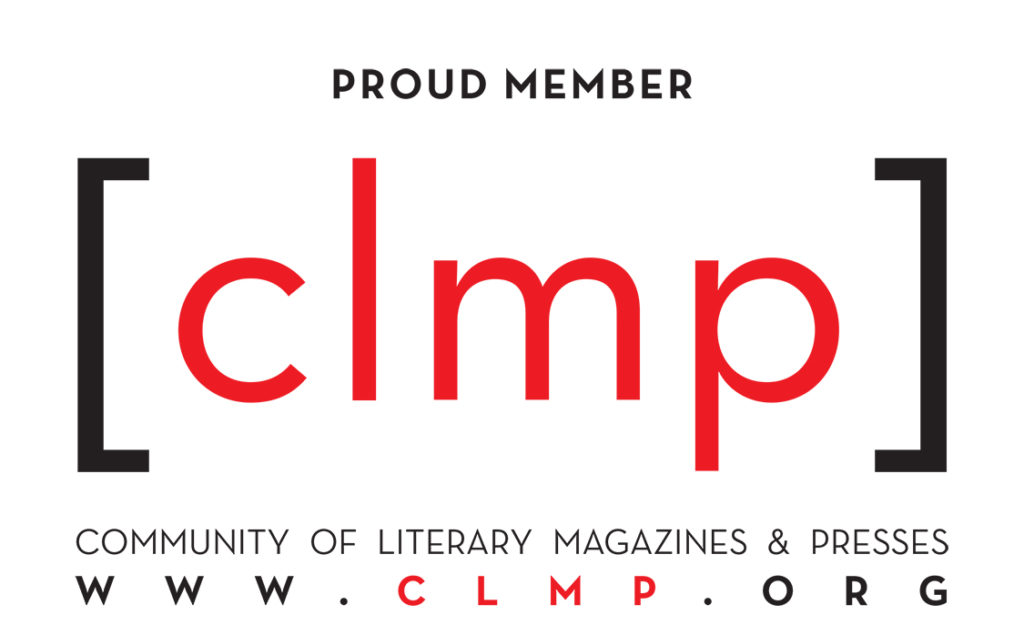Nonfiction by Leslie Lisbona
Two weeks ago, Aaron moved out of our house and into his first apartment. It is 20 minutes away in Washington Heights. He is 25 years old, and this is a milestone I should be proud of.
When he was born, I gazed at his pale skin and dark hair. I felt like I had been given a prize, or I had won the Olympics, or I was as strong as a woman from the Amazon.
I also couldn’t stop crying. My sister, Debi, didn’t understand. “You are a mother,” she cooed. But I cried because I loved Aaron so much. The loving was an ache. I could not live if anything happened to him. When someone else carried him, I leaned closer, hovering.
When Aaron was two-and-a-half and a big brother to five-month-old Oliver, his father and I separated and eventually divorced. Val would take both children for the weekend, and I spent hours panicking that they weren’t within reach. I was wretched; I couldn’t stand to be alone in my apartment without them.
Every mother thinks her child is beautiful, but Aaron really was. At four, his eyelashes were full, with eyebrows that defined his round face, lips that were heart-shaped and impossibly red. Whenever he laughed, you could see a space between his two front teeth.
When he was six, his father moved back in with us. We were living in a rental building in Queens. Aaron wore red Pumas and jumped in the air to show Val how high his new sneakers made him go. When he was eleven, he and Oliver watched as a judge married us for the second time in our living room, and then we all went out for breakfast. Our boys were the only witnesses.
At 16, tall, thin, with thick wavy hair, he said he wanted to go away to college. I prepared myself, thinking I would come undone when he left, but he was so happy when we dropped him off in Albany that I was okay.
Shortly before he graduated, we moved again, to a house in New Rochelle, and we got a dog. “Why are you getting a dog?” he said. “I’ll be gone soon.” I had to explain that the dog was not for him.
Then the pandemic happened. Aaron moved back home. His graduation was on Zoom. He wore a borrowed cap and a gown that was too short. I baked a pound cake, and we toasted him in our backyard.
The only job he could get was at a supermarket, behind the deli counter. He was cold, his feet hurt, and he was berated daily. After that he had three more jobs that were backbreaking or demeaning. Finally he found a job he liked and a girlfriend he loved. He saved the money I told him he needed to go out on his own. It took four years longer than he had planned. I was grateful for this bonus time, to have him under my roof a little longer.
I’m glad he has moved out – it is as it should be. But I will miss having coffee with him in the mornings and lunch together a few hours later. I will miss hearing his voice as he talked on his phone in his room. I will miss the times he asked me to shave the back of his neck. Or the walks we took together on the wooded trail near our house as the dog ran between us.
Since he left, I have found reasons to go into his old bedroom. I changed the sheets, mopped the floor, discovered his lost slippers in the back of his closet, and dusted his model cars.
The day he moved out he came back to New Rochelle to drop off the rental truck, and then we decided to have dinner together. The next night he came over for Hannukah and presented me with a card and a gift. Two days later I went to his apartment because he forgot to pack his medication. The next day we dropped off a piece of furniture and then had pizza in his neighborhood. Later that week he came home to see Oliver, who had returned from his semester in Italy. That night he slept in our house, and the two boys were together the following day, laughing the way they did when they were little and so happy to see each other. A few days after that we all went to eat Persian food at Ravagh in the city for Val’s birthday. The next day we met in Queens for another birthday party at my sister’s apartment. I know there will be countless more soccer games to watch on TV with Val and Oliver. And dinners of zucchini souffle, majedra, and macaroni au gratin.
“Aaron,” I said, “I see you more than ever!”
“I miss you,” he said.
I didn’t lose him. He just doesn’t live with me anymore.
Leslie Lisbona recently had several pieces published in Synchronized Chaos, Dorothy Parker’s Ashes, The Bluebird Word, The Jewish Literary Journal, miniskirt magazine, Yalobusha Review, Tangled Locks, Koukash Review, and others. She is the child of immigrants from Beirut, Lebanon, and grew up in Queens, NY. Read Hell’s Kitchen, a companion piece to this essay published in The Bluebird Word in March.











